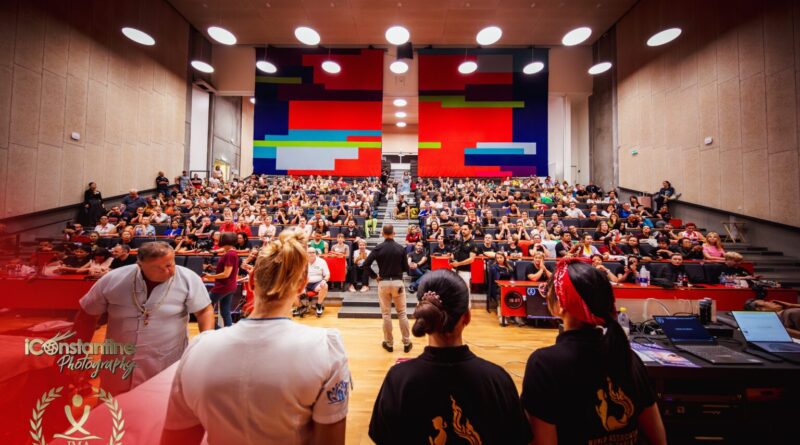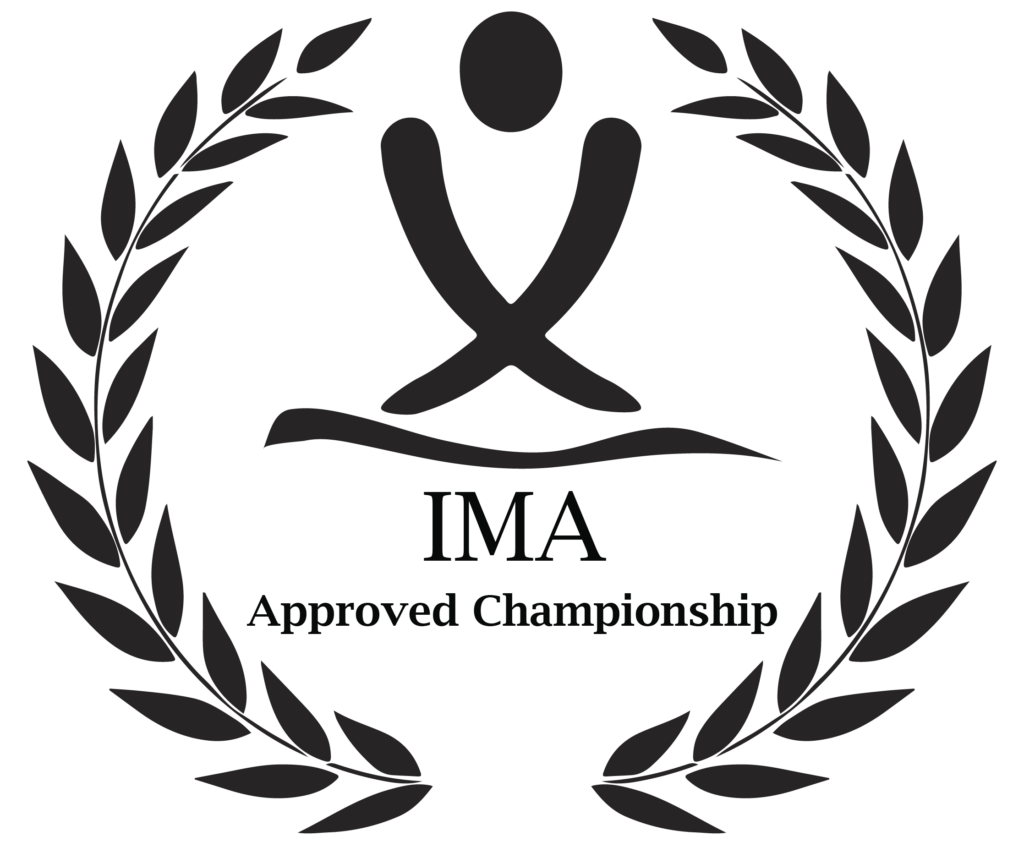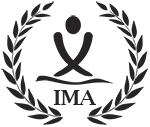
How to host a Massage Championship
Tips for Hosting a Successful Massage Competition: A Comprehensive Protocol.
In order to help and prepare IMA’s many hosts and future hosts of massage championships, IMA Founder Jeppe Tengbjerg has made this article about protocols and guidelines.
Hosting a massage competition requires meticulous planning and execution to ensure a smooth and successful event. From selecting the right venue to managing the judging criteria, there are several key factors that the host must consider. Here are some essential tips for creating a protocol to hold a successful massage competition.
Before we start, my first advise will be: Keep it simple. When said so, here are some things to consider:
1. Planning and Organization
Define Objectives and Categories:
– Objectives: Clearly outline the goals of the competition, whether it’s to showcase new techniques, promote professional development, or raise industry standards.
– Categories: Define different categories based on massage types (e.g., Swedish, deep tissue, sports massage) and participant levels (e.g., students, professionals, experts).
Establish a Timeline:
– Pre-Event: Start planning at least 6-12 months in advance. This includes venue booking, sponsor acquisition, and participant registration.
– During the Event: Create a detailed schedule for each day, including registration, competition rounds, breaks, and award ceremonies.
– Post-Event: Plan for feedback collection, winner announcements, and follow-up with participants and sponsors.
2. Venue Selection and Setup
Choose an Appropriate Venue:
– Location: Ensure the venue is easily accessible and has adequate parking or public transport options.
– Space: The venue should have sufficient space for multiple massage stations, judges’ areas, and spectator seating.
– Facilities: Ensure the venue has necessary facilities such as enough restrooms, changing areas, and a first-aid station.
Set Up the Competition Area:
– Massage Stations: Arrange massage tables or chairs with enough space between them for privacy and comfort.
– Judges’ Area: Provide a designated area for judges with a clear view of the competitors.
– Audience Seating: Arrange seating for spectators in a manner that doesn’t interfere with the competition but also so the audience actually can watch everything.
3. Judging Criteria and Panel
Establish Clear Judging Criteria:
If you don’t use the IMA Judging criteria (whatever the reason), you should consider:
– Technique: Evaluate the skill and proficiency of the massage techniques used.
– Professionalism: Assess the professionalism, demeanor, and client interaction of the participants.
– Effectiveness: Judge the effectiveness of the massage in terms of perhaps client feedback and visible results.
– Innovation: Reward innovative techniques or unique approaches.
Select Qualified Judges:
– Expertise: Choose judges who are experienced and respected within the massage therapy industry.
– Diversity: Ensure a diverse panel of judges to provide balanced and fair assessments.
– Training: Provide judges with a comprehensive briefing on the judging criteria and scoring system. Prepare and educate the judges.
Here is an example of a Judge Lesson:
4. Participant Management
Registration Process:
– Online Registration: Implement an online registration system to manage entries efficiently.
– Requirements: Clearly state the eligibility criteria, required documentation, and entry fees.
– Confirmation: Send confirmation emails with competition details, schedules, and preparation tips.
Participant Briefing:
– Orientation: Conduct an orientation session to familiarize participants with the venue, rules, and schedule.
– Support: Provide participants with necessary support, such as access to equipment, practice areas, and refreshments.
Here are examples of Participant/Competitor lessons:
5. Logistics and Operations
Equipment and Supplies:
– Massage Tables/Chairs: Ensure high-quality and comfortable massage tables or chairs for competitors.
– Linens and Towels: If you don’t Provide clean linens, towels, and other necessary supplies, make sure that the participants knows to bring themselves.
– Products: Supply massage oils, lotions, and sanitizing products.
Technical Support:
– Audio-Visual: Arrange for sound systems, projectors, and screens for announcements and presentations.
– Lighting: Ensure adequate lighting for both competitors and judges.
Health and Safety:
– First Aid: Have a first-aid station and trained personnel on-site.
– Sanitation: Maintain high standards of hygiene and sanitation throughout the event.
6. Marketing and Promotion
Promote the Event:
– Social Media: Use social media platforms to create buzz and attract participants and spectators.
– Website: Develop an event website with detailed information about the competition, registration, and schedules.
– Partnerships: Collaborate with massage schools, associations, and businesses to promote the event.
Engage Sponsors:
– Sponsorship Packages: Offer attractive sponsorship packages with benefits such as branding, booth spaces, and speaking opportunities.
– Engagement: Maintain regular communication with sponsors and involve them in key event activities.
7. Event Execution
On-the-Day Coordination:
– Volunteers/Staff: Deploy a team of volunteers or staff to manage registration, guide participants, and assist judges.
– Communication: Use walkie-talkies or mobile apps to ensure seamless communication among the organizing team.
– Troubleshooting: Be prepared to handle any issues or emergencies that arise promptly.
Award Ceremony:
– Prizes: Arrange attractive prizes for winners, such as certificates, trophies, cash prizes, or professional development opportunities.
– Recognition: Recognize all participants for their efforts with participation certificates or mementos.
8. Post-Event Activities
Feedback Collection:
– Surveys: Distribute feedback surveys to participants, judges, and spectators to gather insights for future improvements.
– Review: Conduct a post-event review meeting with the organizing team to discuss what went well and areas for improvement.
Follow-Up:
– Thank You Notes: Send thank you notes to participants, judges, sponsors, and volunteers.
– Publicity: Share event highlights, photos, and winner announcements on social media and the event website.
Conclusion
Hosting a successful massage competition requires thorough planning, effective execution, and attention to detail. By following this protocol, the host can create an event that not only showcases the skills and talents of massage therapists but also promotes professional growth and industry standards. A well-organized competition can leave a lasting impact on participants and spectators, contributing to the advancement of the massage therapy profession.
How to create an IMA approved National Massage Championship?
Should a National Association or a Massage School or other be interested in arranging a national championship or event, approved by the IMA, an official license will be issued. The license is given for a 12 month period. After the 12 month period the license has to be reviewed and renewed by the IMA. IMA only provide one license per country/event. National Massage Championships who are approved by IMA will receive further support from IMA in regards to marketing, sponsorships, rules & guidelines, judge selections or training and also a logo with approval. National Championship overall winners will receive free entrance at the World Massage Championship.
The fee per license is 1300 EUR + flight and accommodation for IMA-Founder Jeppe Tengbjerg or 1 IMA board member to help judging the championship. The Organizer is responsible for complying with the IMA concept, rules and guidelines and are requested to contact the IMA in case of any doubts. The Host are responsible for all tasks in connection to the event. Judges must be selected and approved by the IMA. The host is obligated to host a Judge seminar before the championship. Non other than the IMA is allowed broadcasting IMA approved championship without the IMA permission.



